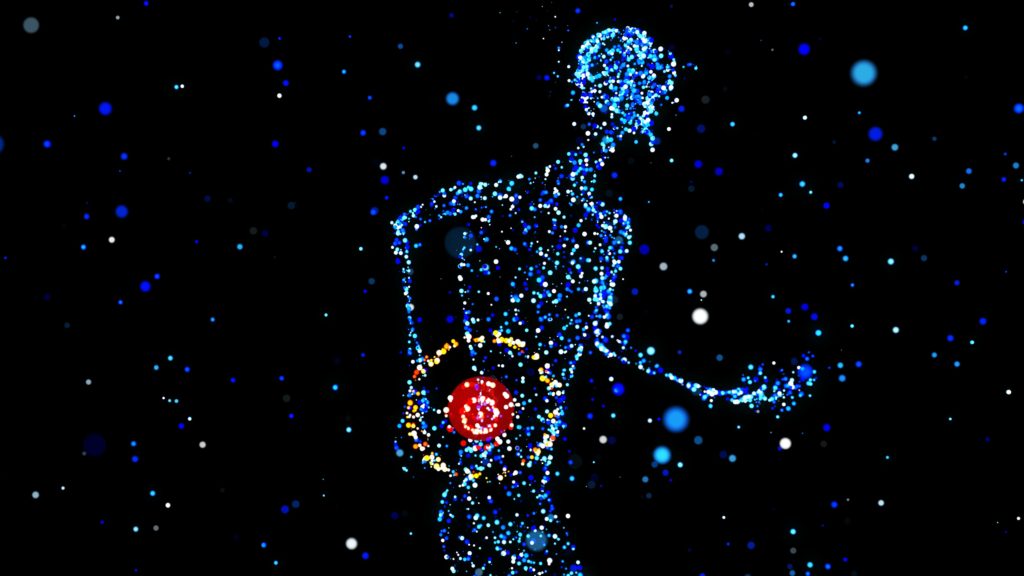
Usual disclaimer: This is not medical advice. I am not a doctor.
Right before the holidays I was out for my daily run when I misjudged a curb and ended up slamming down heel first as I came off of it. I told myself that my back wasn’t going to be happy, but it actually didn’t bother me for the rest of the run or even the day after. Instead, the pain didn’t set in until about three days later.
At the time, I thought it was my sciatica flaring up. Typically, a session on the heating pad clears that up, and I’m all good the next day. Instead, the heat made it worse. Originally, I didn’t think much of the curb incident because several days had passed, but as I looked back and did some research I came upon the sacroiliac joint.
As a runner, I’ve become somewhat familiar with the usual pain points. IT band, piriformis, knees, ankles, etc. I’ve been lucky that my back never really bothered me no matter how much I was running or at what intensity. The more I looked into the SI joint, the more it seemed like that curb jam had thrown things out of whack. I ended up moving the SI joint to the top of the list because I could pinpoint the exact spot of pain, it was one-sided and seemed to involve the hip and groin as well. I also read about marathoner Sara Hall suffering from SI joint pain.
Here’s the part where I preach the lesson of rest. Instead of taking a few days off and icing the SI joint, I stupidly did yard work and moved some appliances around. At that point it really didn’t hurt all that much, but I definitely made it worse. What had been a slight dull ache transitioned into constant lower back pain along with hip and groin instability.
So, how did I get myself on the road to recovery? First, I iced the SI joint…a lot. Multiple times a day. I also applied topicals like BioFreeze and T-Relief. I worked on my posture and started standing more while working. My first order of business was to get everything settled down. I wanted a nice baseline to build back from.
That first part took probably four weeks. No running. Light walking. No stretching (I’ll get to that in a minute). Doing whatever I could to keep the inflammation down. Once my back felt the same for a few days in a row I moved into the second phase.
I mentioned stretching, and what I discovered is that my “incident” likely created a hypermobile sacroiliac joint. Now, I’m very familiar with ankle sprains so I understand the general concept of a hypermobile joint and how the treatment differs versus a hypomobile joint. Early on, I thought my back was “stiff” so I was stretching it and my hip flexors every day. Not good. Probably another reason this has been prolonged. Instead, I needed to treat this like a sprain. Let the joint heal and then strengthen it.
The issue with the SI joint is that you use it a lot. If you sprain an ankle, you can fairly easily immobilize it for extended periods of time. Not so with the SI joint. They do make belts to help stabilize the joint, but I haven’t tried that yet. What worked for me (again, not medical advice) was to be mindful of what motions tweaked the joint. Getting up from a seated position definitely caused a jolt if I turned a certain way. I worked on not doing that. I made sure not to step off curbs when walking, instead looking for a break with an easy decline. I think these little things add up, and if you don’t have a serious injury, your body can begin to heal itself.
For strengthening, I found a few things to get me started. The first was this video where a chiropractor goes over some techniques for self-adjustment if you feel like one leg is slightly shorter than the other. He has SI-joint-specific videos, too, but some of the techniques in this one brought me instant relief. Especially the one where the uses a broomstick to help with adjustment. The first time I did that my back pain went from a seven to a two. I couldn’t believe how much better I felt. I’ve done it every day for about a week now, and it’s definitely helped me.
The second was this study regarding strengthening the gluteus maximus and reducing sacroiliac joint pain. It’s a very small sample size, just eight participants, but the exercises they used are included, and I’ve incorporated three of them into my routine (bilateral bridge, unilateral bridge, hip abduction in quadruped). All of these exercises work on strengthening the hip joint which, interestingly enough, my left hip has bothered me for on and off for a number of years. I probably should’ve done something about it a long time ago, but it never got to the point where I had to stop running or working out.
So, where do I go from here? I’m definitely going to continue the self-adjustment techniques and strengthening exercises. I’ll also get back into my kettlebell routine. A stronger core and lower back should help here. Pilates is also worth considering because in my limited experience with it quite a few of these exercises are used. My hope is that, like other joint injuries, time and strengthening will help me avoid future issues.